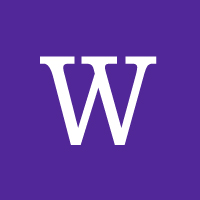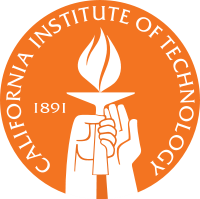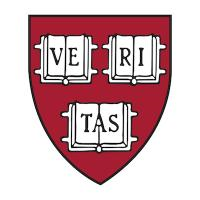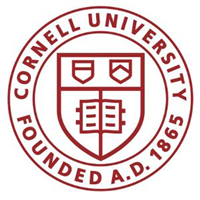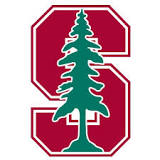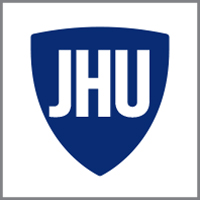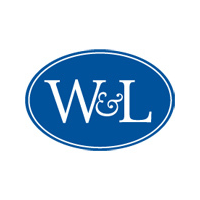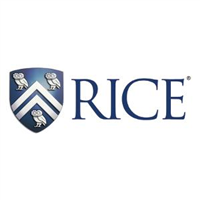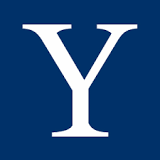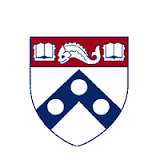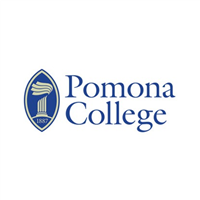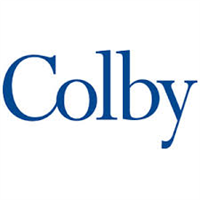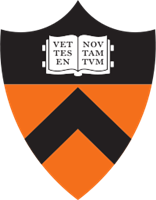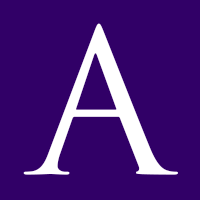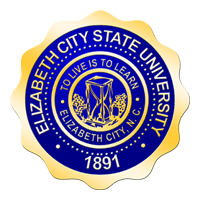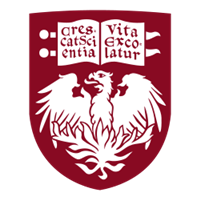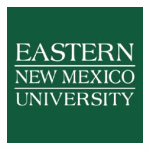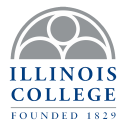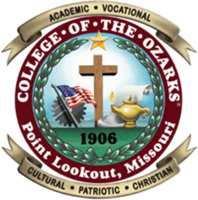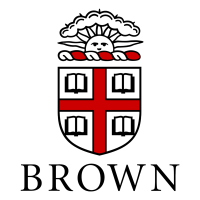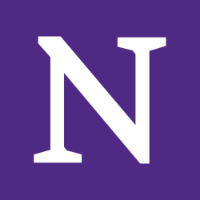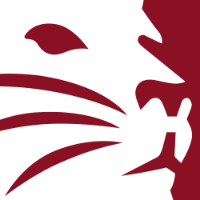College cost is one of the biggest factors students and their families have to take into consideration when deciding which school to attend. Finding affordable colleges may seem like a stretch, but thanks to grants, scholarships, in-state tuition, and other factors, attending college can become more within reach for students.
What Does Middle-Class Affordability Mean?

College Raptor ranks the most affordable colleges based on the estimated net price at each institution for a “typical” middle-class family.
The net price of a college is the actual cost of the school paid by the student and family, after factoring in merit and grant aid from the college, federal programs, and work-study.
For the purpose of these net price estimates, a typical middle-class family is considered to have:
- 4 people in the family with 1 in college
- $80,000 in income
- $50,000 in assets as would be considered on the FAFSA.
The colleges on our top affordability ranking are the schools that are the most affordable for a family that fits into the criteria above. While you and your family may not fit neatly into this definition of middle class, the rankings can still be exceedingly helpful to help you determine the best school for you when it comes to your financial health now and in the future.
Many of these colleges offer excellent in-state tuition programs, grants, scholarships, and more to help make higher education more affordable for students.
Top 25 Best Most Affordable Colleges for the Middle Class
Although it was originally founded as a men’s college in 1793, the school is composed of 48% and 52% women. It was created out of the funds of Ephraim Williams, who died in the French and Indian War. The college gets just under 12,500 applications each year and accepts 9% of students.
Location
Williamstown, MA
Institution Type
Private
Student Enrollment
2,224
Also known as Caltech, the California Institute of Technology’s motto is, “the truth shall make you free.” Computer Science and Mechanical Engineering are top majors among students, and there have been over 75 Nobel laureates that have been associated with Caltech (including 40 alumni and faculty members).
Location
Pasadena, CA
Institution Type
Private
Student Enrollment
2,397
Harvard University has turned out some amazing alumni. In fact, the school has more alumni, researchers, and faculty that have won Nobel Prizes and Field Medals than any other school in the world. Alumni also include eight U.S. presidents, 188 living billionaires, and 110 Olympic medalists. The most common majors include Econometrics and Quantitative Economics, Social Sciences, and Computer Science.
Location
Cambridge, MA
Institution Type
Private
Student Enrollment
31,345
Cornell University is made up of seven undergraduate colleges and seven graduate divisions. Some famous alumni have been Christopher Reeve, Bill Nye, E.B. White, and Anthony Fauci. 97% of students stay on after the first year, with 94% graduating within six years. Computer Science is the most popular major.
Location
Ithaca, NY
Institution Type
Private
Student Enrollment
25,582
Stanford University has a 4% acceptance rate and a 98% first year retention rate. Their student-to-faculty ratio is only 5:1. The 31st president of the United States, Herbert Hoover, was a graduate of Stanford. Other alumni have included Fulbright Scholars, members of Congress, astronauts, and billionaires. Known as the Stanford Cardinals, their colors are cardinal and white.
Location
Stanford, CA
Institution Type
Private
Student Enrollment
17,680
Johns Hopkins University was founded in 1876 and named for its first benefactor. Known as the first research university in the country, its motto in Latin is, “veritas vos liberabit,” or “the truth will set you free.” The Blue Jays men’s lacrosse team plays in the Big Ten Conference and has over 40 national titles. The two most popular majors are Cell/Cellular and Molecular Biology and Neuroscience.
Location
Baltimore, MD
Institution Type
Private
Student Enrollment
32,049
Originally known as the Augusta Academy and established in 1749, it would later be named after George Washington and Robert E. Lee, the latter of which was the president of the school for five years. With blue and white colors, students and athletes go by the nickname The Generals. The university has a 96% first year retention rate and an 8:1 student-to-faculty ratio.
Location
Lexington, VA
Institution Type
Private
Student Enrollment
2,238
A selective school, fewer than 10% of applicants are accepted into Rice. The school has 11 residential colleges and eight schools of academic study. Rice University was established in 1912 and named after William Marsh Rice. He had requested a free-tuition educational institute be opened after his death.
Location
Houston, TX
Institution Type
Private
Student Enrollment
8,285
Yale University got its start in 1701 under the name Collegiate School, getting its current name in 1718. Their motto, “lux et veritas,” means “light and truth” in Latin. The university is made up of fourteen schools including the undergraduate college, twelve professional schools, and the Yale Graduate School of Arts and Sciences. Yale’s acceptance rate is just 5.4%.
Location
New Haven, CT
Institution Type
Private
Student Enrollment
14,567
The University of Pennsylvania was founded in 1740, primarily by Benjamin Franklin, who was also their first president. Franklin Field, where the Quakers play in the NCAA Division I – Ivy League, is named after the founder. With a 98% first year retention rate, 89% of students will go on to graduate in four years. 96% will graduate in six.
Location
Philadelphia, PA
Institution Type
Private
Student Enrollment
28,038
Pomona College receives around 11,600 applications and accepts 7% of them. The four commonly chosen majors are Econometrics and Quantitative Economics, Computer Science, Mathematics, and Political Science and Government. The school was created when the founders wanted to recreate a “college of the New England type.” Their mascot is Cecil the Sagehen.
Location
Claremont, CA
Institution Type
Private
Student Enrollment
1,764
A smaller school, Colby College is very selective with only a 9% acceptance rate, boasts a strong student-to-faculty ratio of 9:1, and has a 95% first year retention rate. 81% of students will go on to graduate within 4 years, and 87% within six. Political Science and Government and Econometrics and Quantitative Economics are the two most popular majors.
Location
Waterville, ME
Institution Type
Private
Student Enrollment
2,262
A private Ivy League research university, Princeton University was founded in 1746 and originally known as the College of New Jersey. This makes it the fourth-oldest institution of higher education in the country. The school receives around 37,600 applications annually and has an acceptance rate of only 4.5%, making it highly competitive.
Location
Princeton, NJ
Institution Type
Private
Student Enrollment
8,478
With an acceptance rate of 9%, Amherst College is a fairly selective school. A majority of their first-year students come from Massachusetts, New York, and California. The third oldest institution of higher education in the state, it was originally a men’s college. It became coeducational in 1975. Amherst College’s motto is “terras Irradient,” which means “let them enlighten the lands.”
Location
Amherst, MA
Institution Type
Private
Student Enrollment
1,971
Elizabeth City State University is a member-school of the University of North Carolina System and its motto doubles as a great life lesson -- “To Live is to Learn.” The college offers 68% of students institutional grants, athletic scholarships, and resources to help them better afford tuition. Common majors on campus include Multi-/Interdisciplinary Studies, Business Administration and Management, and Criminal Justice/Safety Studies.
Location
Elizabeth City, NC
Institution Type
Public
Student Enrollment
2,054
Many students at Vanderbilt University major in Social Sciences, but others choose to pursue degrees in Multi-/Interdisciplinary Studies. Other common majors are Computer Science, Neuroscience, and Economics. The university was named in honor of Cornelius Vanderbilt, a shipping and rail magnate, due to his gift of $1 million.
Location
Nashville, TN
Institution Type
Private
Student Enrollment
13,796
The University of Chicago receives over 37,900 applications though only about 2,400 were accepted. Therefore, the school has a 6.5% acceptance rate. The school is made up of their undergraduate college and five graduate research divisions. They also have campuses all over the world from Hong Kong to Paris.
Location
Chicago, IL
Institution Type
Private
Student Enrollment
18,832
ENMU is a selective school accepting about 28% of students annually. Located on a 433-acre campus, the school offers more than 60 associate, bachelor's and master's degrees. The top majors pursued at ENMU are Business Administration, Communicative Disorders and Social Work. Some notable alumni include Jack Williamson, Katherine D. Ortega, Mike Sinclaire and more.
Location
Portales, NM
Institution Type
Public
Student Enrollment
4,991
A small liberal arts college, Illinois College accepts about 77% of applicants each year. Nearly all students how attend will receive grant aid. The school has a "Finish in 4" program that is voluntary for students but is intended to help keep students on track to graduate in four years. Top majors at IC are Business Administration, Biology, Psychology, and Criminology.
Location
Jacksonville, IL
Institution Type
Private
Student Enrollment
1,097
Wesleyan University’s top majors include Econometrics and Quantitative Economics, Psychology, English, and Political Science and Government. The school was founded as a men’s college and became fully co-educational in 1970. The campus is located on the bends of the Connecticut River. Cardinal and black are the official school colors of Wesleyan’s sports teams.
Location
Middletown, CT
Institution Type
Private
Student Enrollment
3,581
An extremely selective school, College of the Ozarks has a 21% acceptance rate and does not charge students to apply. The school boasts a 15:1 student to faculty ratio and an 80% first year retention rate. By far the most popular major is Business Administration and Management followed by Public Relations Advertising, and Applied Communication and Nursing.
Location
Hollister, MO
Institution Type
Private
Student Enrollment
1,479
Popular majors at Brown University include Computer Science, Biology, Applied Mathematics, Economics, and Quantitative Economics. Founded in 1764, it was the first school in North America that accepted students regardless of their religion. Their women’s institution, Pembroke College, was merged into Brown in 1971. Alumni have gone on to create famous companies including ZipRecruiter, Cards Against Humanity, and CNN.
Location
Providence, RI
Institution Type
Private
Student Enrollment
10,696
Washington University in St. Louis was named after George Washington and founded in 1853. A private research university, the school receives just under 34,000 applications a year and accepts around 4,500 students. Commonly chosen majors are Computer Science, Experimental Psychology, and Finance. Top sports on campus include track, football, and soccer.
Location
Saint Louis, MO
Institution Type
Private
Student Enrollment
16,973
Top majors at Northwestern University are Econometrics and Quantitative Economics, Digital Communication and Media, and Speech Communication and Rhetoric. A founding member of the Big Ten Conference, top sports for the Wildcats include football, basketball, baseball, and soccer. Willie the Wildcat cheers them on and the colors are purple and white.
Location
Evanston, IL
Institution Type
Private
Student Enrollment
23,409
Bates College was founded in 1855 and was the first coeducational college in New England. It also began admitting minority students before the Emancipation Proclamation. Highly selective, Bates College only accepts 17.5% of applicants. The school has a 92% first year retention rate, 88% four year graduation rate, and a 10:1 student-to-faculty ratio.
Location
Lewiston, ME
Institution Type
Private
Student Enrollment
1,821
Affording College: Net Price vs Sticker Price
The sticker price of a college or university can seem quite high. It includes an estimate of what a student can expect to pay per semester such as tuition, travel, food, books and supplies, room and board, and more. However, it’s important to note that students rarely have to pay that full amount.
Many colleges and universities offer students grants and scholarships to make college affordable, especially for students who have demonstrated need. In order to qualify for this free money, however, students should fill out their Free Application for Federal Student Aid (FAFSA) as soon as it becomes available on October 1st for the following year.
Schools use the information presented in FAFSA to help determine who is in most need of the funds in order to attend. Students who receive acceptance letters may then receive a financial aid award offer as well to review. This paper will detail any grants, scholarships, or other financial aid programs the student is eligible for if they choose to attend the school.
This final number, after all grants, scholarships, and federal financial aid offers including work-study are accounted for, is known as the net price – or the actual price the student will pay in order to attend the school.
Compare Aid Offers for the Most Affordable Colleges
Comparing financial aid letters is a must as schools do not offer a single template for these letters. This results in confusing layouts and offers that look great on paper but do not actually hold up to other offers upon comparison. Using a financial aid offer comparison tool can help students and their families see which colleges are most affordable and which in turn might be the best fit.
Interested in any of these top affordable colleges? Check out College Raptor’s free match tool to see if they’re a good fit for you!

